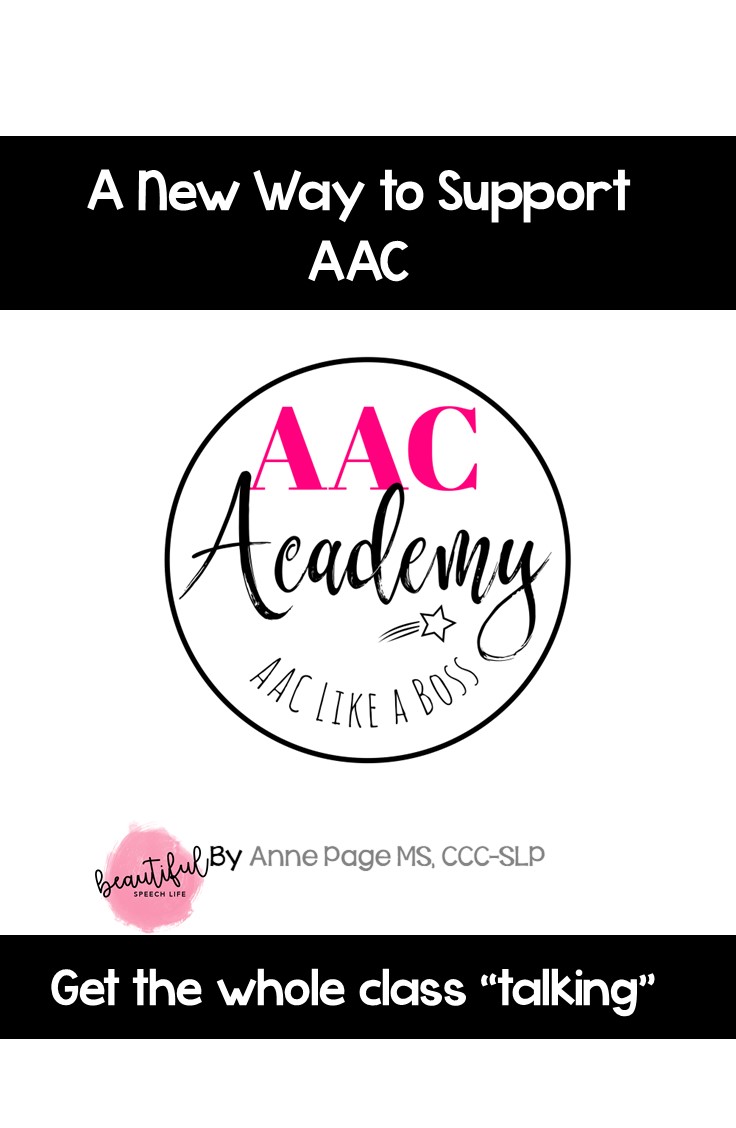Augmentative and alternative communication (AAC) refers to a range of methods and tools that can be used to help people who have difficulty speaking or communicating effectively. (For more, read What is AAC?). But getting started with AAC can feel daunting. If you’re looking to help a child to get started with AAC, here are a few strategies to consider:
#1 Identify the child’s communication strengths and needs: It’s important to assess the child’s communication abilities and needs before choosing an AAC system. You should, if at all possible, work with a speech-language pathologist (SLP). SLPs are trained language experts and will be able to provide a full assessment. If you are somewhere where this isn’t possible, The Communication Matrix is an online assessment tool created to help families and professionals easily understand the communication status, progress, and unique needs of anyone functioning at the early stages of communication.
#2 Explore different AAC options: There are many different types of AAC systems available, including low-tech options like communication boards and high-tech options like speech-generating devices. It’s important to explore different options and choose one (or more) that are appropriate for the individual’s needs and abilities. If you are getting funding through Medicaid or insurance, it is common for these providers to require AAC trials on a minimum of three devices. Here are a few options to explore:
- Quicktalker Freestyle has a very informative website and they will help check if your insurance provider covers AAC.
- You can try low tech core communication boards. Pop over here to download my guide to core boards which includes links to popular AAC core boards. Additionally, here is a core board and farm themed activities.
- You can try the TouchChat app for free for 30 days: TouchChat Discover.
- Many AAC apps are on sale for ½ price in October for AAC Awareness month
#3 Involve the child in the decision-making process: It is important to involve the child in the decision-making process when selecting an AAC system. This can be as simple as using an AAC app during an activity, then trying a different app and then offering a choice between the two. This can help to ensure that the system chosen is one that they are motivated to use.
#4 Start small and build up: It can be overwhelming for both the individual and the communication partner to try to learn an AAC system all at once. It is often helpful to start with a few core words or phrases and gradually build the child’s communication skills over time. Choosing core words to use during activities that occur everyday is a great way to get started. A few examples:
- Brushing teeth: PUT on the toothpaste
- Getting dressed: PUT on your socks
- Going to school: let’s GO, time to GO to school
#5 Model, model, model: What is modeling? It’s you as the communication partner, using AAC to help the child learn AAC. You can learn all about it here. It takes time and practice to become proficient at using an AAC system. Think about how many times a baby hears the word “mama” before they say it. We’re building an understanding of language and a new way to communicate.
#6 Seek support, don’t do it alone: There are many resources available to help individuals and their families learn how to use AAC effectively. These may include speech-language pathologists, support groups, and online resources. Don’t be afraid to reach out for support if you need it.
If you would like ongoing support then come and join us in the AAC Academy. This membership-stye group AAC “coaching” program will build your SLP skills, increase your confidence, and allow you to help ALL of your students strengthen their communication skills.
Pin to read later:



 Hey there I’m Anne Page. I help heart centered SLPs and educators put the fun in functional communication.
Hey there I’m Anne Page. I help heart centered SLPs and educators put the fun in functional communication. 